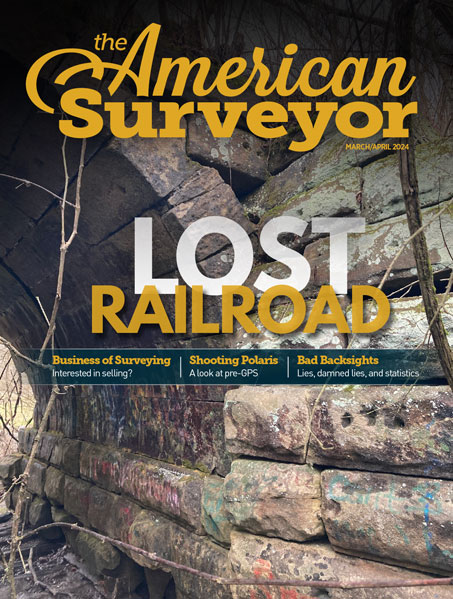Arlington, Virginia – December 9, 2019 – A new study by The Nature Conservancy, the University of Bristol (United Kingdom) and flood analytics company Fathom seeks to answer an important question related to flooding in the United States: “What would cost American taxpayers more? Paying now to protect undeveloped areas that are likely to flood in the coming decades? Or, allowing development to proceed based on current projections and paying for subsequent flood damages when they inevitably occur?”
The study, published in Nature Sustainability on Dec. 9, identifies more than 104,000 square miles—an area roughly the size of Colorado—in “100-year” floodplains where conservation would be an economically sound way to avoid future flood damages.
“For just over 21,000 square miles of this area, the benefits are at least five times the cost, meaning that a dollar invested in floodplain protection today returns least $5 in savings from avoided flood damages in the future,” said Kris Johnson, who is TNC’s deputy director of agriculture for North America and who co-authored the paper. “Not only would investing now to conserve undeveloped lands in floodplains likely save tens of billions of dollars in avoided flood damages, but protecting these lands would also provide a host of additional benefits for habitat, wildlife, water quality and recreation, further strengthening the economic rationale for floodplain conservation.”
Oliver Wing, a flood risk scientist and researcher at the University of Bristol who also co-authored the paper, noted that while the conservation of undeveloped, flood-prone areas would be broadly effective across the nation, it is likely to be particularly beneficial in the Southwest, the eastern Great Lakes, the Appalachians, and areas where population growth is anticipated in areas at risk of flooding.
So far, 2019 has been the wettest year on record in the lower 48 U.S. states, and flooding has been particularly widespread and destructive. Flooding is among the most common of natural disasters, and it is the costliest, with average flood losses in the U.S increasing steadily to nearly $10 billion annually. Meanwhile, the American taxpayer-backed National Flood Insurance Program is in record debt at nearly $25 billion.
Contact Jay Harrod if you want to download the entire study.
About The Nature Conservancy
The Nature Conservancy is a global conservation organization dedicated to conserving the lands and waters on which all life depends. Guided by science, we create innovative, on-the-ground solutions to our world’s toughest challenges so that nature and people can thrive together. We are tackling climate change, conserving lands, waters and oceans at an unprecedented scale, providing food and water sustainably and helping make cities more sustainable. Working in 79 countries and territories, we use a collaborative approach that engages local communities, governments, the private sector, and other partners. To learn more, visit www.nature.org or follow @nature_press on Twitter.
